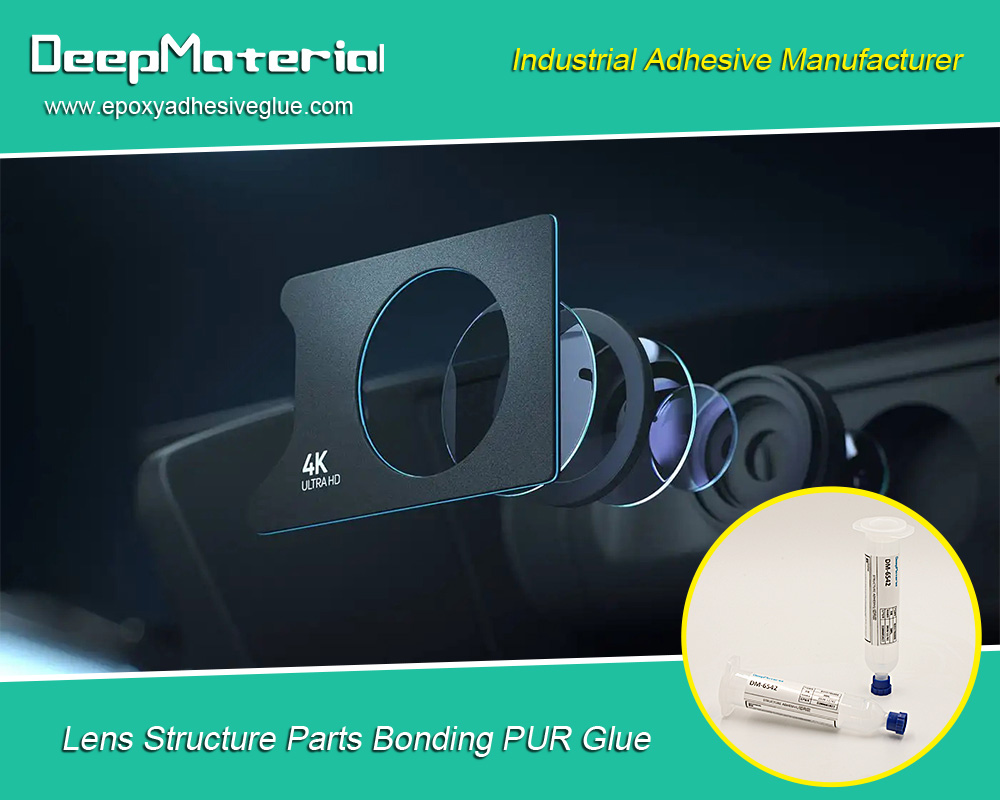A Comprehensive Guide to Finding the Best Epoxy for ABS Plastic
A Comprehensive Guide to Finding the Best Epoxy for ABS Plastic
Proper epoxy can significantly improve durability and effectiveness when bonding materials like ABS (Acrylonitrile Butadiene Styrene) plastic. This guide will cover everything you need to know to select the best epoxy for ABS plastic, including the types of epoxies available, how they work, and tips for successful application.
Understanding ABS Plastic
What is ABS Plastic?
ABS plastic is a popular thermoplastic known for its strength, rigidity, and resistance to impact and heat. Commonly used in household appliances and automotive parts, ABS plastic’s properties make it ideal for a range of applications. However, bonding and repairs also present specific challenges.
Characteristics of ABS Plastic
- Impact Resistance: High resistance to shock and damage.
- Heat Resistance:Can withstand moderate temperatures.
- Flexibility: Maintains structural integrity under stress.
- Surface Smoothness: Often has a smooth surface that can affect adhesion.
Types of Epoxy for ABS Plastic
When selecting an epoxy for ABS plastic, it’s essential to understand the different types available and their respective properties.
General-Purpose Epoxy
- Description: Versatile and widely used for various applications.
- Pros:Easy to use, good adhesion to a variety of surfaces.
- Cons: It may only sometimes offer the strongest bond for specific materials like ABS.
High-Strength Epoxy
- Description: Designed for heavy-duty applications requiring maximum strength.
- Pros:Superior bonding capabilities, often used in industrial settings.
- Cons: It can be more expensive and require precise mixing and application.
Plastic-Specific Epoxy
- Description:Explicitly formulated to bond plastics like ABS.
- Pros: Optimized for plastic adhesion, often includes additives to improve bonding.
- Cons: Limited versatility compared to general-purpose epoxies.
Flexible Epoxy
- Description:Provides a bond that remains flexible after curing.
- Pros: Ideal for materials that experience movement or stress.
- Cons: It may be more potent than high-strength epoxies.
 Key Factors to Consider When Choosing Epoxy for ABS Plastic
Key Factors to Consider When Choosing Epoxy for ABS Plastic
Selecting the proper epoxy involves several considerations to ensure the bond will be strong and durable. Here are the critical factors to keep in mind:
Bonding Strength
- Importance:Ensures the epoxy can hold the ABS plastic securely.
- Consideration: Check the manufacturer’s specifications for tensile and shear strength.
Curing Time
- Importance:It affects how quickly the bonded parts can be used.
- Consideration: Faster curing epoxies is convenient but might require a shorter working time.
Application Method
- Importance:Determines how easy the epoxy is to apply.
- Consideration:Some epoxies come in pre-mixed syringes or tubes, making application straightforward.
Temperature Resistance
- Importance:Ensures the epoxy can withstand the operating environment.
- Consideration: Choose an epoxy with an appropriate temperature tolerance for your application.
Flexibility
- Importance:Affects how the bond handles stress and movement.
- Consideration: Flexible epoxies are better for applications where the ABS plastic might bend or flex.
How to Apply Epoxy to ABS Plastic
Proper application of epoxy is crucial for achieving a solid bond. Follow these steps to ensure a successful application:
Surface Preparation
- Clean Thoroughly: Remove any dirt, grease, or oil from the ABS plastic surface.
- Sand the Surface:Lightly sand the area to increase surface roughness, which helps the epoxy adhere better.
Mixing the Epoxy
- Follow Instructions:Carefully follow the manufacturer’s mixing ratios and instructions.
- Mix Evenly: Ensure the epoxy is mixed thoroughly to avoid weak spots in the bond.
Application
- Apply Evenly:Spread the epoxy evenly across the surfaces to be bonded.
- Use Appropriate Tools: Use a brush, spatula, or applicator as the epoxy manufacturer recommends.
Curing
- Allow Proper Curing Time:Let the epoxy cure for the recommended time to achieve the best results.
- Avoid Disturbance:Ensure the bonded area is not disturbed during curing.
Troubleshooting Common Issues
Choosing the best epoxy for the job is crucial when working with ABS plastic, but even the finest epoxy can sometimes present challenges. Understanding common issues and their solutions can help ensure a successful bonding process.
Even with careful application, problems can sometimes arise. Here’s how to address common issues with epoxy bonding to ABS plastic:
Weak Bond
- Possible Cause: Inadequate surface preparation or improper mixing.
- Solution: Re-sand the surface to create a rough texture, thoroughly clean it to remove dust or grease, and mix the epoxy components according to the manufacturer’s instructions. Proper preparation and mixing are essential for achieving a robust and durable bond.
Epoxy Not Curing Properly
- Possible Cause: Incorrect mixing ratios or environmental factors such as temperature or humidity.
- Solution:Double-check the mixing ratios specified by the epoxy manufacturer to ensure accuracy. Additionally, ensure that the curing environment meets the epoxy’s requirements typically, this means a stable temperature and low humidity levels. Addressing these factors can prevent issues with incomplete curing or soft spots.
Surface Imperfections
- Possible Cause:Application issues, such as uneven application or contamination from dust or other debris.
- Solution: Sand the surface to remove imperfections and create a better bonding area. Clean the surface thoroughly to eliminate any contaminants before reapplying the epoxy. Ensuring a smooth, clean surface will help the epoxy adhere properly and achieve a flawless finish.
Maintenance and Care
When working with ABS plastic, choosing the best epoxy for ABS plastic is crucial to ensure a solid and durable bond. To maintain the effectiveness and longevity of your epoxy bond, follow these essential maintenance and care tips:
Inspect Regularly
- Check Bond Integrity:Inspect the bond to ensure it remains solid and intact. Regular checks help identify any signs of wear or failure early.
- Address Issues Early:Promptly address any problems to prevent further damage and maintain the bond’s integrity.
Avoid Excessive Stress
- Limit Exposure to Harsh Conditions:Keep the bonded area away from excessive stress or extreme temperatures, as these can weaken the epoxy bond over time.
- Handle with Care:Do not drop or subject the bonded parts to undue stress, which can compromise the bond’s strength.
Clean Properly
- Use Gentle Cleaners:Clean the bonded area with mild detergents and avoid harsh chemicals that could degrade the epoxy. Proper cleaning helps maintain the bond’s durability and appearance.
 Conclusion
Conclusion
Choosing the best epoxy for ABS plastic involves understanding the specific needs of your project and the properties of various epoxies. By considering factors such as bonding strength, curing time, and application method, you can select an epoxy that provides a durable and reliable bond. Proper application and maintenance will further ensure the longevity and effectiveness of your repair or project.
With the proper epoxy and a careful approach, you can achieve solid and lasting bonds that enhance the performance and durability of ABS plastic components.
For more about choosing a comprehensive guide to finding the best epoxy for ABS plastic, you can pay a vsit to DeepMaterial at https://www.epoxyadhesiveglue.com/category/epoxy-adhesives-glue/ for more info.










